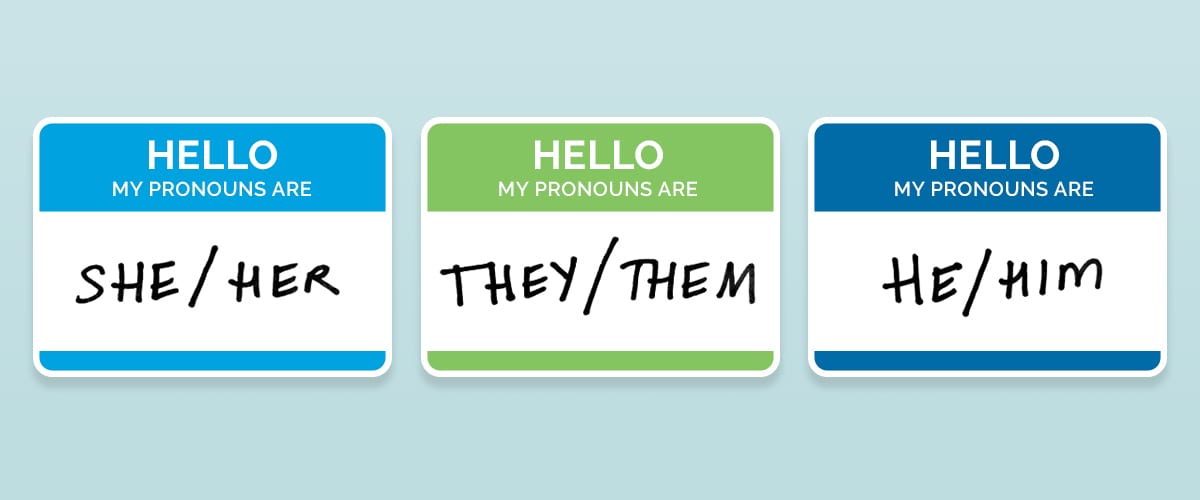A Guide to Understanding Gender Identity
From terminology to etiquette, here is a primer on how to reference and support transgender family members, friends, neighbors, co-workers, and patients.

As more people become aware of the transgender and gender-nonconforming experience, many may be uncertain about the terminology used by these communities.
Here, a NewYork-Presbyterian expert breaks down some of the terms that are used to describe the spectrum of gender identity to help people better understand both the language and how to create a more inclusive environment for the estimated 1 million adults in the U.S. who identify as transgender.
One of the first steps is understanding the use of a person’s personal pronouns rather than making assumptions. This is widely accepted as a way to treat a transgender person with respect, according to Marianna Stayer, LMSW, program manager at NewYork-Presbyterian’s Center for Special Studies and a LGBTQ advocate. For example, when you meet someone, ask which personal pronouns to use to honor them. The most commonly used pronouns are “she” and “her”; “he” and “him”; and “they” and “them.” However, it’s important to recognize that many other pronouns also exist. You can start by sharing your own preferences by saying “Hi, I’m Levi, and my personal pronouns are he and him. What are yours?”
Another good way to learn personal pronouns is to listen to find out if an individual uses pronouns that are masculine, feminine, or neutral, such as “they” and “them.”
If you accidentally use the wrong pronoun, apologize quickly and sincerely, then move on. The bigger deal you make out of the situation, the more uncomfortable it is for everyone.
“People might not realize they make a lot of assumptions about someone’s identity,” says Stayer. “To help make somebody feel welcome, it’s important to step back from assumptions a little bit and speak to people about how they personally identify themselves.”
Here, Stayer explains some common terms that represent a number of identities in the transgender and gender-nonconforming communities.
Agender – someone who identifies as having no gender or being without a gender identity (genderless, gender-free, nongendered, ungendered)
Androgynous – someone whose gender expression is a combination of masculine and feminine characteristics
Bigender, trigender, pangender – someone who identifies with two or more genders
Cisgender – a person whose sense of personal identity and gender corresponds with their sex assigned at birth
Gender expression – refers to the aspects of a person’s behavior, mannerisms, interests, and appearance that are associated with gender in a particular cultural context, specifically with the categories of femininity or masculinity
Gender fluid – someone who does not identify as having a fixed/static gender
Gender nonconforming – gender expression by an individual that does not match masculine and feminine gender norms
Gender queer – someone who does not subscribe to conventional gender distinctions but identifies with neither, both, or a combination of male and female genders
Nonbinary – someone who identifies outside of the gender binary; does not identify with masculinity or femininity as it is culturally defined
TGNC – transgender and gender nonconforming
Transfeminine – describes a person who was assigned male at birth but identifies on the feminine spectrum
Transgender – a person whose sense of personal identity and gender does not correspond with their sex assigned at birth
Transmasculine – describes a person who was assigned female at birth but identifies on the masculine spectrum
